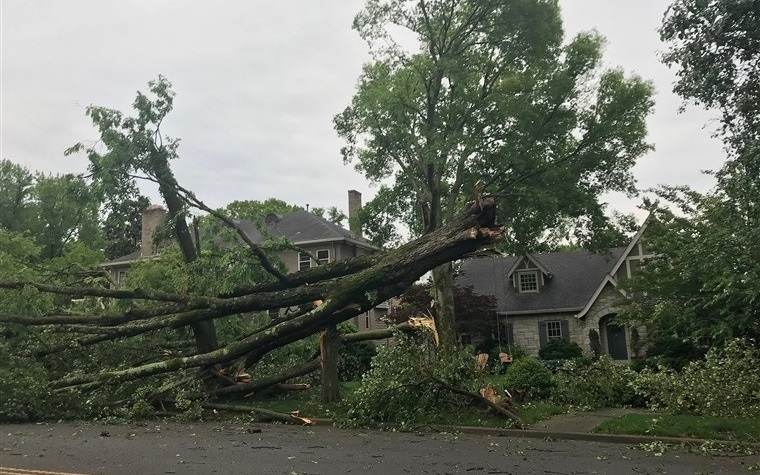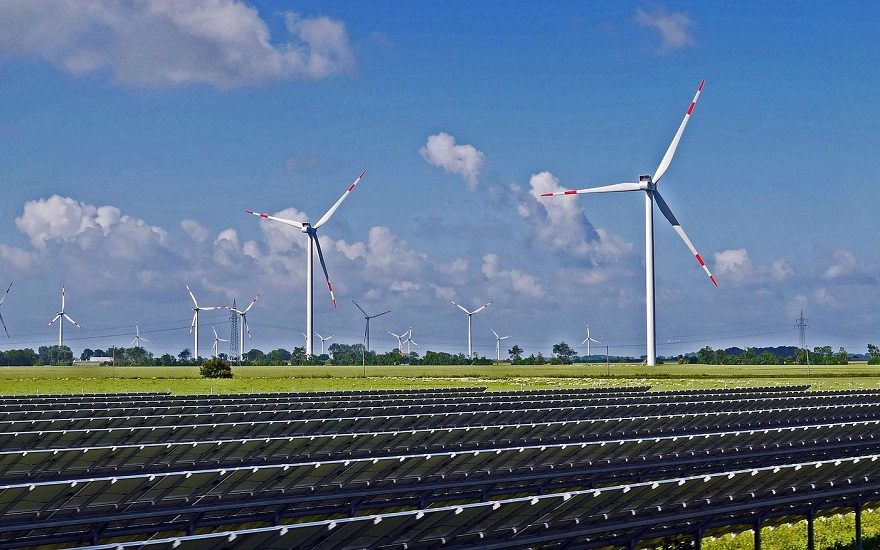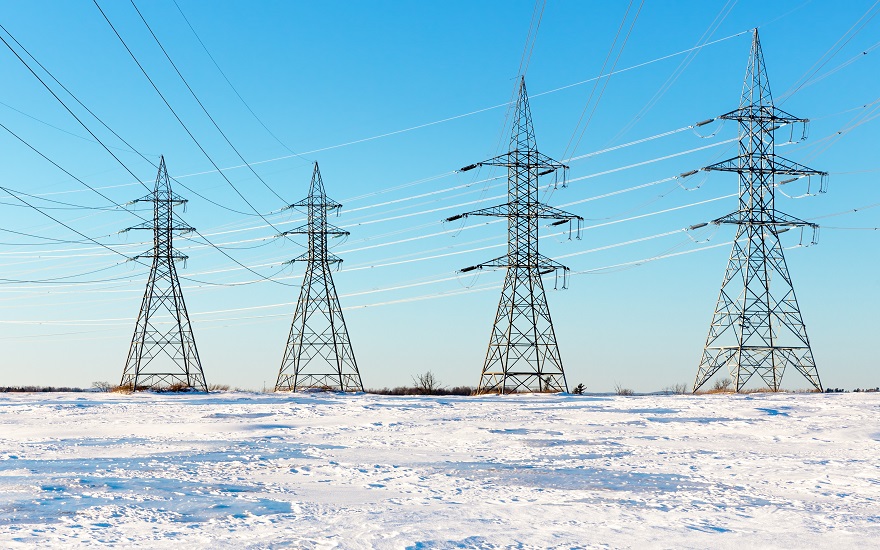National Grid ESO publishes Future Energy Scenarios 2021, its roadmap for decarbonising the UK’s electricity system.
This year marks the tenth anniversary of the first ever Future Energy Scenarios document. FES 2021 looks ahead to what Britain’s energy makeup may look like between today and 2050.
That’s the date of the government’s target of net zero emissions, which means the country’s energy network will need rapid transformation.
Once again, Future Energy Scenarios 2021 sets out four pathways the country could take towards decarbonisation:
Steady Progression
- Least ambitious and the slowest credible decarbonisation
- Minimal behavioural change
- Decarbonisation in power and transport but not in heat
System Transformation
- Driven by changes in the way energy is generated and supplied rather than consumer behaviour
- Hydrogen for heating
- Lower energy efficiency
- Supply side flexibility
Consumer Transformation
- Driven by changes in consumer behaviour more than changes in power generation
- Electrified heating
- High energy efficiency
- Demand side flexibility
Leading The Way
- Most ambitious and fastest credible decarbonisation
- Significant lifestyle changes
- Mixture of hydrogen and electrification for heating
Like last year, three of the four scenarios see Britain hitting the zero carbon target by 2050. In fact, Leading The Way would achieve it in 2047 and become net negative by 2050 (reduce emissions by 103%).
Even in the slowest and least ambitious scenario – Steady Progression – the system operator predicts 2050 emissions are reduced by 73% compared to levels in 1990.
“As the country’s electricity system operator, our ambition is to be able to run the grid with zero carbon.
“A zero carbon electricity system would be a significant achievement, but still only one step on our country’s road to net zero.
“Britain is making strong progress on that journey – but the fundamental changes outlined in our latest FES insight show just how important a coordinated approach will be between policymakers and industry if we’re to capitalise on that momentum.”
– Matthew Wright, National Grid ESO Head of Strategy and Regulation

A Closer Look At Future Energy Scenarios 2021
The system operator argues that all the routes to net zero set out in Future Energy Scenarios 2021 require “important policy decisions” in the following areas:
- Relative roles of electrification and hydrogen for residential heating
- Level of support for energy efficiency measures
- Timings for transitioning away from unabated gas
- Extent to which natural gas is used in hydrogen production
This is because of the fundamental transition required in our energy system. At present, the electricity system operates to ensure supply meets demand.
However, “the energy system of the future will be based more around supply, with demand adjusting to use or store energy as required”.
The report also outlines a range of outcomes that the energy transition could cause, including:
- Up to 37.4 million electric vehicles on Britain’s roads by 2050
- Negative power sector emissions by 2034 across all four scenarios
- At least a 60% reduction in energy from road transport by 2050 compared to today’s levels
- Between 34-77 GW of new wind and solar by 2030
- At least 35 TWh of hydrogen storage by 2035
- Up to 13 GW of new electricity storage by 2030 to help balance periods of high and low renewable output
The analysis also expects COVID-19 to have little medium to long-term impact. That’s despite average electricity demand dropping by 5-10% during the pandemic compared to “normal” levels.
Impact On Britain’s Electricity Network
Annual UK electricity demand will rise from its current level of 294 TWh per year to between 309-340 depending on the scenario.
By 2050 it could reach anywhere from 459 TWh per year (Steady Progression) to 686 TWh (Leading The Way) or a peak of 702 TWh (Consumer Transformation).
Peak demand will grow from 58 GW at present to 65-69 GW by 2030. While by 2050 it will range from 92-113 GW.
By the end of the decade, total installed capacity will increase from 104 GW to 158-200 GW depending on the scenario. By 2050 it is predicted to rise again to 242-374 GW.
Energy storage capacity will at least double in the next decade from its current level of 4 GW. Under the Leading The Way scenario it could hit 18 GW by 2030 and 63 GW by 2050.




